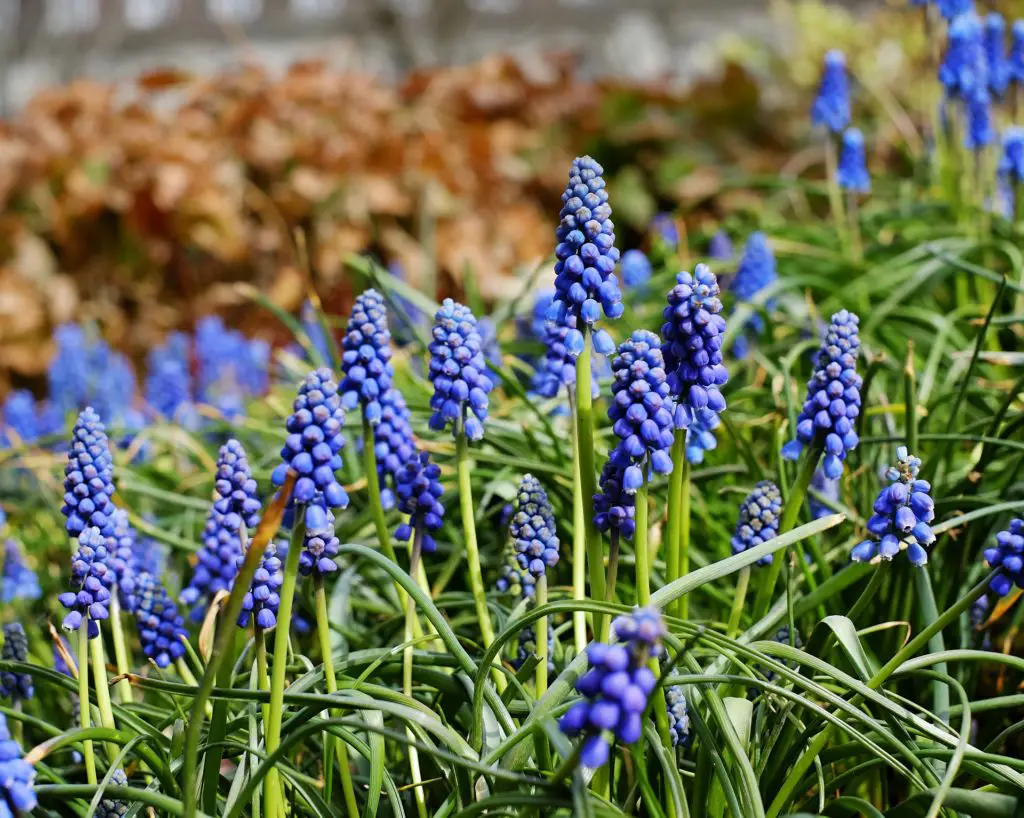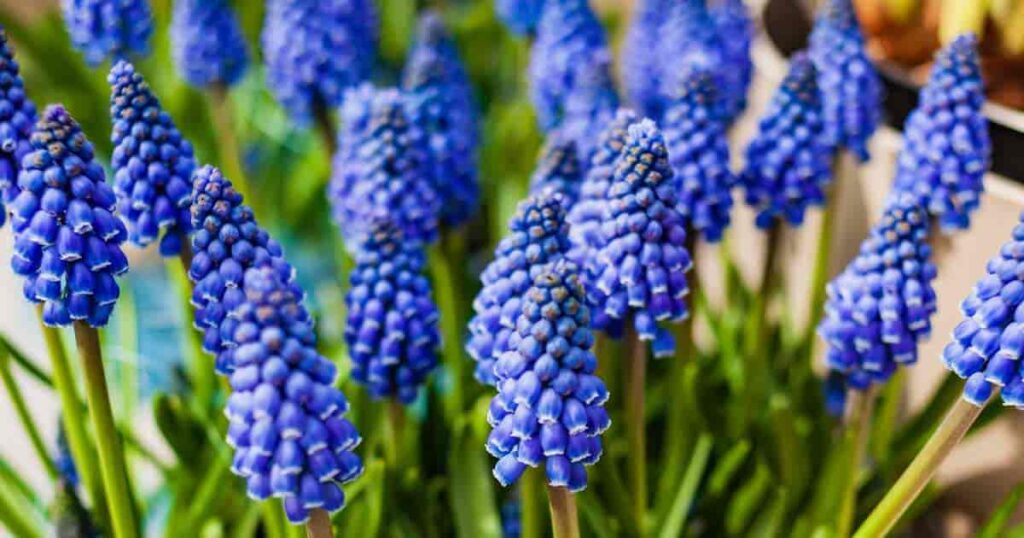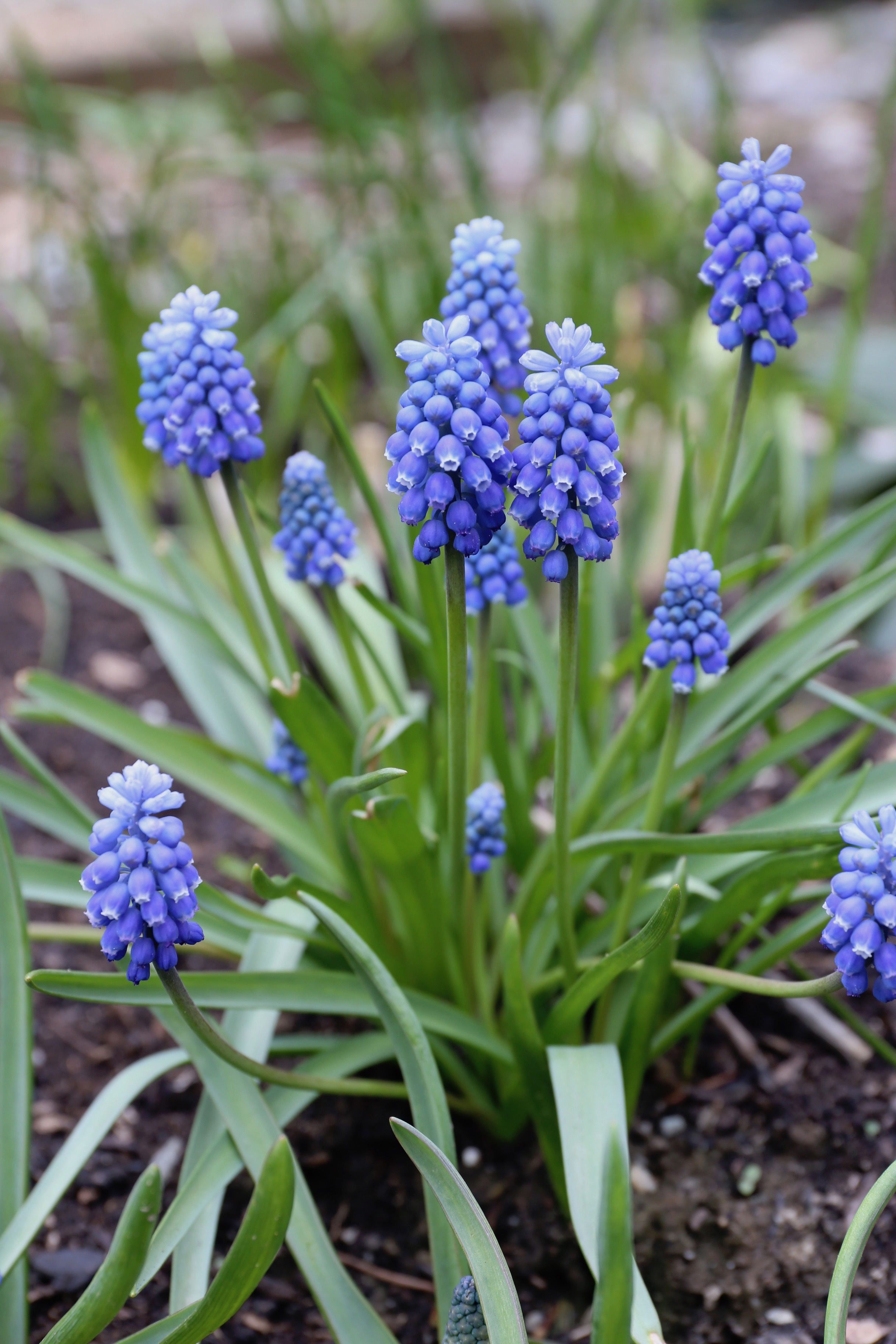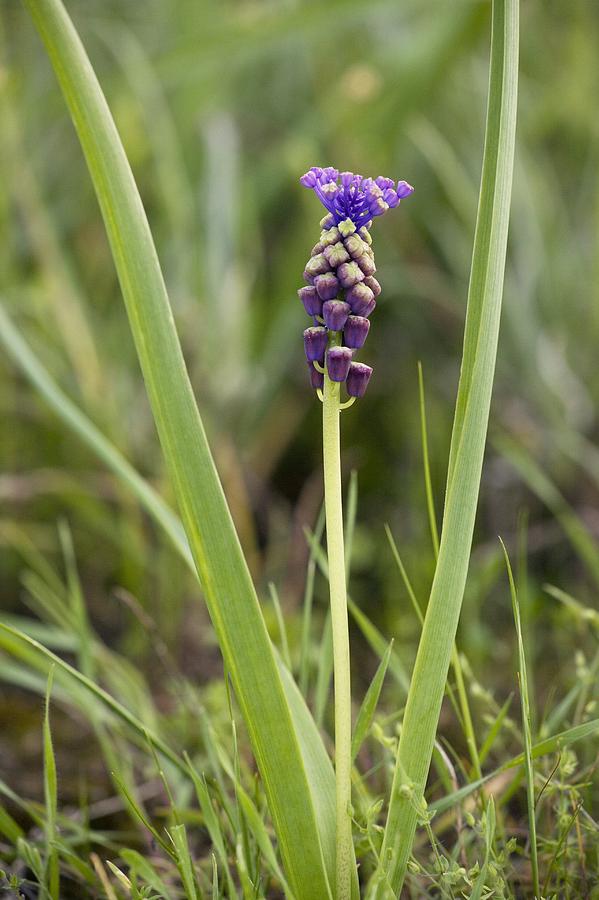The Mysterious Case of Muscari Leaves Without Flowers
Muscari plants are known for their vibrant, bell-shaped flowers, but many gardeners have experienced the frustration of growing muscari that produce an abundance of leaves but fail to bloom. This phenomenon can be perplexing, especially when muscari plants are grown specifically for their ornamental value. The absence of flowers can be a disappointment, especially when muscari leaves but no flowers are expected. In this article, we will delve into the possible reasons behind muscari leaves but no flowers, and provide practical solutions to encourage blooming. By understanding the underlying causes of this issue, gardeners can take steps to promote healthy muscari growth and flowering, and enjoy the beauty of these lovely plants.
Understanding Muscari Plant Biology: The Role of Light and Temperature
To understand why muscari plants may be producing leaves but no flowers, it’s essential to delve into their biology. Muscari plants, like all living organisms, have specific requirements for growth and development. Two critical factors that affect muscari growth and flowering are light and temperature. Muscari plants require adequate light to undergo photosynthesis, which is necessary for energy production and growth. Insufficient light can lead to weak and spindly growth, making it challenging for the plant to produce flowers. On the other hand, extreme temperatures can also hinder blooming. Muscari plants prefer temperatures between 35°F and 75°F (2°C and 24°C), and temperatures outside this range can cause stress, leading to a lack of flowers. By understanding the role of light and temperature in muscari plant biology, gardeners can take steps to provide optimal conditions for healthy growth and flowering.
How to Provide Optimal Growing Conditions for Muscari
Providing optimal growing conditions is crucial for muscari plants to thrive and produce flowers. One of the most critical factors is sunlight. Muscari plants require at least 4-6 hours of direct sunlight per day to undergo photosynthesis and produce energy. Insufficient sunlight can lead to weak and spindly growth, making it challenging for the plant to produce flowers. In addition to sunlight, muscari plants require well-draining soil to prevent waterlogged soil conditions that can hinder growth. A mix of organic matter, such as compost or peat moss, can help improve soil structure and fertility. Furthermore, muscari plants require adequate water and nutrients to support healthy growth. Water muscari plants regularly, but avoid overwatering, which can lead to root rot. Fertilize muscari plants with a balanced fertilizer during the growing season to provide essential nutrients. By providing optimal growing conditions, gardeners can encourage muscari plants to produce healthy growth and vibrant flowers, rather than just muscari leaves but no flowers.
The Impact of Soil Quality on Muscari Flower Production
Soil quality plays a vital role in promoting healthy muscari growth and flowering. Muscari plants thrive in well-draining soil with a pH between 6.0 and 7.0. Poor soil structure, lack of organic matter, or inadequate pH levels can hinder blooming, leading to muscari leaves but no flowers. Soil with poor drainage can cause waterlogged conditions, which can lead to root rot and prevent flowering. On the other hand, soil with inadequate organic matter may lack essential nutrients, making it challenging for muscari plants to produce flowers. Furthermore, soil pH levels that are too high or too low can affect the availability of nutrients, leading to nutrient deficiencies that can prevent blooming. By ensuring that the soil is well-draining, rich in organic matter, and has a suitable pH level, gardeners can create an ideal environment for muscari plants to thrive and produce vibrant flowers.
Pest and Disease Control: Common Culprits Behind Muscari Leaf Growth Without Flowers
Pests and diseases can be significant obstacles to muscari plants producing flowers. When muscari plants are infested with pests or infected with diseases, they can divert their energy from flowering to survival, resulting in muscari leaves but no flowers. Aphids, slugs, and snails are common pests that can weaken muscari plants and prevent blooming. These pests can be controlled using organic or chemical pest control methods, such as neem oil or insecticidal soap. Fungal infections, such as botrytis and powdery mildew, can also hinder muscari flowering. These diseases can be prevented by providing good air circulation, removing infected leaves, and treating the plant with fungicides. By monitoring muscari plants regularly and taking prompt action to control pests and diseases, gardeners can reduce the risk of muscari leaf growth without flowers and encourage healthy blooming.
Nutrient Deficiencies: The Hidden Cause of Muscari Leaf Growth Without Blooms
Nutrient deficiencies can be a significant contributor to muscari leaves but no flowers. Muscari plants require a balanced diet of essential nutrients, including nitrogen, phosphorus, and potassium, to produce healthy growth and vibrant flowers. A lack of these nutrients can lead to muscari leaf growth without blooms. Nitrogen deficiency can cause weak and spindly growth, while phosphorus deficiency can prevent root development and flowering. Potassium deficiency can lead to weak stems and a lack of resistance to disease. To prevent nutrient deficiencies, gardeners can use a balanced fertilizer that provides equal amounts of nitrogen, phosphorus, and potassium. Additionally, adding organic matter such as compost or manure can provide muscari plants with a slow release of nutrients, promoting healthy growth and flowering. By ensuring that muscari plants receive the necessary nutrients, gardeners can reduce the risk of muscari leaves but no flowers and encourage blooming.
Pruning and Training: Techniques to Encourage Muscari Flowering
Pruning and training are essential techniques to encourage muscari plants to produce flowers. By pruning dead or damaged leaves, gardeners can promote healthy growth and direct the plant’s energy towards flowering. It’s also important to train the plant to grow upright, as this can help to increase air circulation and reduce the risk of disease. One effective technique is to stake the plant, gently tying the stems to a stake using a soft material like twine or cloth. This will help to keep the plant upright and promote blooming. Additionally, gardeners can try pruning the plant back after it has finished blooming, cutting back the stems to about an inch from the ground. This will help to encourage new growth and promote flowering in the following season. By incorporating these pruning and training techniques into their care routine, gardeners can increase the chances of their muscari plants producing beautiful flowers, rather than just muscari leaves but no flowers.
Conclusion: Solving the Mystery of Muscari Leaves Without Flowers
In conclusion, the phenomenon of muscari leaves but no flowers can be attributed to a combination of factors, including insufficient light and temperature, poor soil quality, pest and disease infestations, nutrient deficiencies, and inadequate pruning and training. By understanding the biology of muscari plants and addressing these potential issues, gardeners can increase the chances of their plants producing beautiful flowers. Remember to provide optimal growing conditions, control pests and diseases, and ensure adequate nutrient supply. Additionally, prune and train your muscari plants to promote healthy growth and flowering. With these tips and techniques, gardeners can unlock the secrets of muscari plants and enjoy a bountiful display of flowers. If you’re still struggling with muscari leaves but no flowers, try experimenting with different solutions and share your experiences with others. By working together, we can uncover the mysteries of muscari plants and create a community of successful gardeners.








